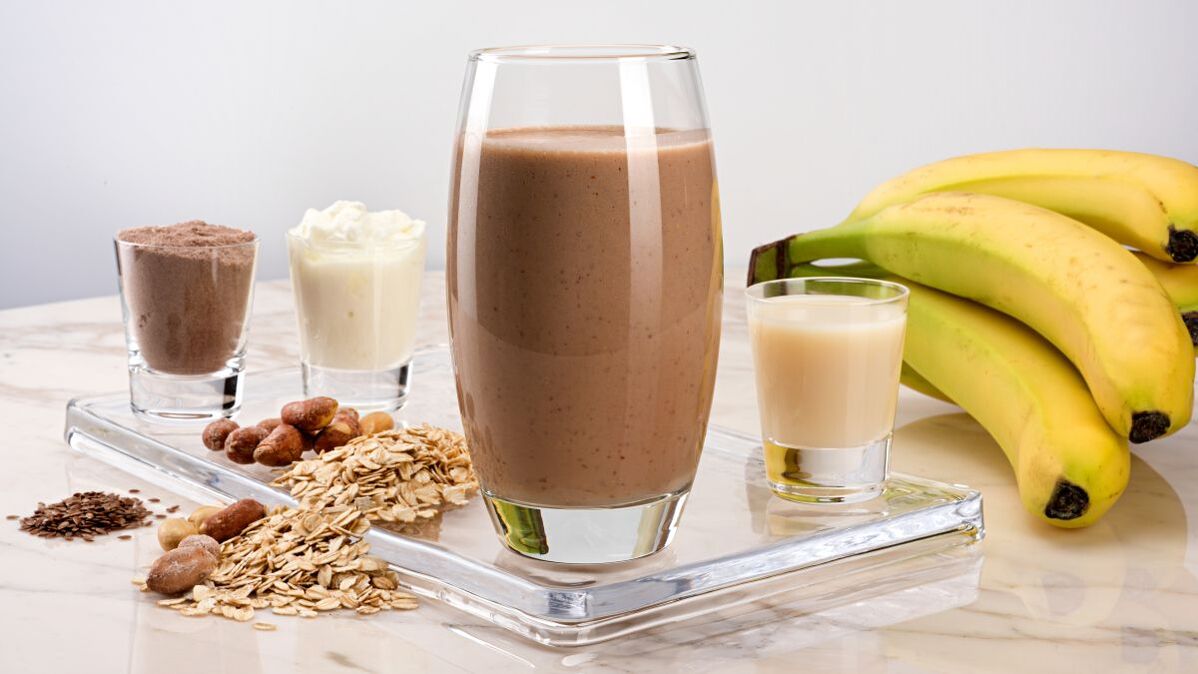
Characteristics of Diet Choices in Obesity
- Severe caloric restriction and nutritional deficiencies should be avoided. A sudden, large reduction in the energy content of the diet, for example by half its current value, will produce impressive results but will not lead to long-term success. The weight will return within a year, if not sooner.
- The menu should not be monotonous and the patient's taste should be taken into consideration. Otherwise, stress can exacerbate obesity. Food monotony is a common reason for diet failure. The patient is hungry, he is burdened by restrictions, and his "soul needs" relief. Once you've eaten forbidden sweets or greasy foods and gotten immense pleasure, it's already hard to stop. The brain immediately reminds you how bad it would be without the "candy. "
- The patient should drink plenty of water. You have to give up lemon water, sweet tea and alcohol.
Calorie Restricted Diet - Classic Diet
The essence of a classic diet
Disadvantages, side effects, long-term effects of the classic diet
Low-carb, protein-rich diet
The Essence of a Protein Diet
Disadvantages, Side Effects, and Long-Term Effects of a Protein Diet
Protein-sparing modified diet
- Reduce hyperglycemia and endogenous hyperinsulinemia;
- Enhance lipid oxidation and peripheral tissue sensitivity to insulin;
- Decreased hepatic insulin clearance and hepatic glucose release.
The nature of a protein-sparing modified diet

Low-carb, high-fat diet
The essence of the Atkins diet
Other diet
- Alternate diets.It involves eating one type of food or not eating at all on selected days. The effectiveness of these nutritional supplements is low, mainly due to their rapid disposal. It is difficult for patients not to eat anything, and even more difficult to eat only one product, such as rice without salt, sugar, or oil.
- Low-fat diet.The composition of the diet means the elimination of all meat and dairy products, vegetable oils, fish and, in general, all products containing fat. Long-term adherence to this diet can lead to anemia, musculoskeletal weakness and poor health.
- hunger. Dieting involves complete fasting for a period of time. This is not a recommended way to lose weight, no matter how long it lasts. Fasting is particularly dangerous for people with diabetes, people prone to depression, patients with vitamin and trace element deficiencies, and those taking strong medications.
Which diet is best?
Impact of physical activity on overweight and obesity overestimated
- Preserve muscle mass during weight loss by preventing muscle protein catabolism;
- Reduce insulin resistance and improve carbohydrate and lipid metabolism;
- Normalize blood pressure.















































































